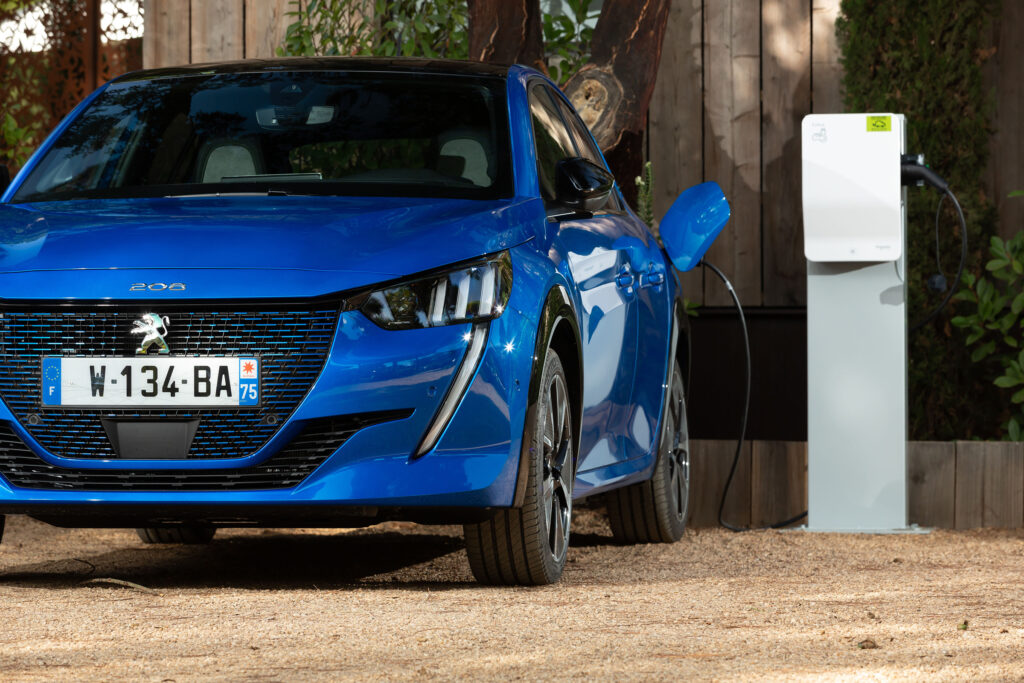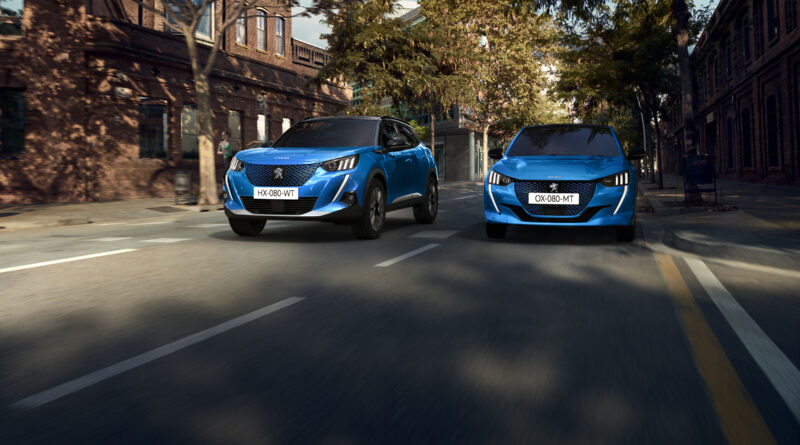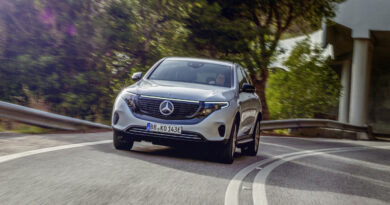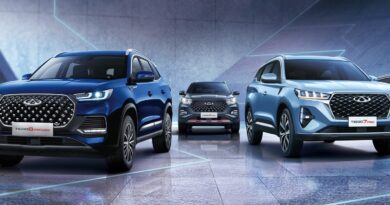Electric e-208, e-2008 on the menu for Peugeot Australia
Peugeot is set to unleash a family of electrified models on the Australian market during 2021 and 2022 – with the e-208 and e-2008 both under consideration.
The French car maker has confirmed that plug-in hybrid electric vehicle (PHEV) versions of two models – the 3008 SUV and 508 sedan – will begin arriving in 2021.
They will precede the arrival of at least one pure electric model late in 2021 or early 2022.
Want the latest EV news and reviews delivered to your inbox? Subscribe to our weely newsletter!
While importer Inchcape Automotive hasn’t yet ticked the box on an all-electric Peugeot for Australia, the company says it is evaluating both the e-208 and e-2008, based respectively on the 208 hatch and 2008 small SUV.
For the all-new 208 hatchback – which went on sale in Europe in 208 – Peugeot is considering bypassing the petrol-powered options and making it an electric-only proposition in Australia.

“We’re still evaluating it for this market,” said the general manager of Peugeot Citroen Australia Kate Gillis when discussing the new 208.
She said it was the e208 electric version that was of particular interest, potentially providing a modern electric hatchback infused with DNA of the iconic 205 GTI.
“It’s probably either-or,” she said when asked if the petrol and BEV 208 models would sell alongside each other. “And it’s probably the electric version would be the one we’d look firmly at.”
While it won’t factor into the decision that Peugeot Australia will make by early 2021, the recent departure of the Renault Zoe can’t hurt.
Peugeot Australia says bringing PHEVs before BEVs gives the dealer network an introduction to electrified vehicles and prepares them with charging infrastructure.
But it’s the battery electric models that are potentially more interesting longer term.

The Peugeot e-208 is powered by a 100kW electric motor driving the front wheels. It has a claimed 50kWh battery (with 45kWh usable capacity) for 339km of WLTP range.
The Peugeot e-2008 uses the same motor/battery combination but it’s larger body reduces the WLTP range by about 30km.
“We’re certainly very confident the market – particularly within this [electric car] space – is going to move quite quickly,” said Gillis, highlighting the innovative nature of the brand and its early adaptation of new drivetrains as a reason EVs could work well.
“There’s absolutely no reason why we wouldn’t be progressing with electric for those very reasons.
“That’s the future of the brand … [we want to] make sure that is reflected in this market as well.”




